Beyond the limits of mass transfer: design of 3D pillar electrodes in redox flow batteries
Return Beyond the limits of mass transfer: design of 3D pillar electrodes in redox flow batteries November 2020 – October 2024 Renewable intermittent power sources such as solar panels and windmills pose big challenges regarding production-consumption profile matching. To solve this issue, batteries can offer a sustainable solution. More specific, redox flow batteries are an […]



